Transgender Vs. Transsexual: Some Things You May Have Overlooked
In the past few years, people have given a lot of attention to debates regarding gender identity and expressions, fueled by an enhanced consciousness of various gender experiences.
Sometimes, people may interchange and use two words in place of another to represent the same concept.
These two words that individuals interchange include transgender and transsexual.
Let’s discuss how you should define these words as they relate to sexual orientation, the number of transgender people, various discrimination they face, whether all transgender individuals want to be transexual, and some terms to avoid.
What Does Transgender Mean?
Transgender is a phrase that describes people whose gender identification does not agree with the one given at birth.
Gender identity describes the deep-seated feeling of either being male, female, or non-binary that does not have to coincide with any social constructs related to the assigned sex.
Transgender people usually undertake different measures in expressing that they are what they feel from within.
For instance, change in the way they interact with individuals, name, dress, and even pronouns.

What Does Transsexual Mean?
Transsexual is a term that directly refers to people who either have gone through or plan to go through medical operations like hormonal treatment or sex reassignment surgery so that their physical features become consistent with their gender identities.
Although transsexuals are categorized in the spectrum of transgender people, some transgender people do not have an interest in medical procedures, making it a more inclusive term.

What Is the Difference Between the Two?
The major difference is in focusing on how gender identity can match up with the sex organs that one is born with.
The term transgender covers all kinds of genders, while transsexual applies only to persons who are seeking or who have gone through surgery.
Therefore, it is essential to use these words precisely so we can support a person’s experience as they explore their gender trail.
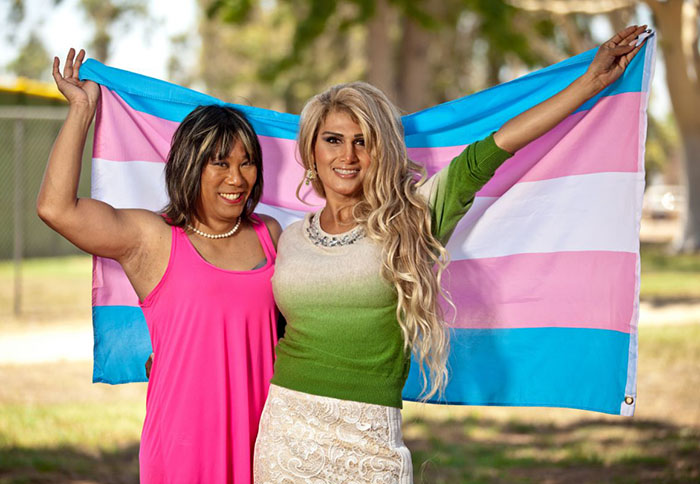
How Many Transsexuals Are Currently in the World?
Less than two percent of the total population in the world identifies themselves as transsexual.
The problem is that there are many hidden ones because they face social stigmatization and discrimination, and some are still not visible enough.
WHO recognizes that it is hard to acquire precise information about transgender and transsexual populations because of social, legal, and healthcare system barriers.
Nevertheless, with the growing sensitization levels and many people now willing to speak out, the presence and comprehension of the cross-community are still on the rise.

What Discrimination They Encounter in Their Lives?
There are extensive forms of discrimination against transgender people and transsexuals, which manifest in many forms.
Some common forms of discrimination include:
Employment Discrimination
Transgender people may experience obstacles in securing employment opportunities or retaining their current positions.
The constant discrimination or insufficient inclusion by the employer hinders their capability to obtain permanent employment.
It can result in prejudices or even discrimination in hiring, promotions, and overall workspace interactions.
Employment discrimination might also result in a delay in transgender people acquiring employment security, resulting in limited career options.

Educational Challenges
Transgender and transsexual student’s education may suffer because of discrimination in educational institutions, with severe consequences.
These threats can significantly affect their work in school, academic performance, and social behavior.
The effects of discrimination include lower academic achievement, poor school attendance, and high dropout rates.
Additionally, constant harassment and discrimination on a day-to-day basis have been shown to contribute to higher rates of depressive conditions and suicidal ideation among transgender youth.
It is essential to foster and motivate their success through enabling inclusive and empowering learning environments.
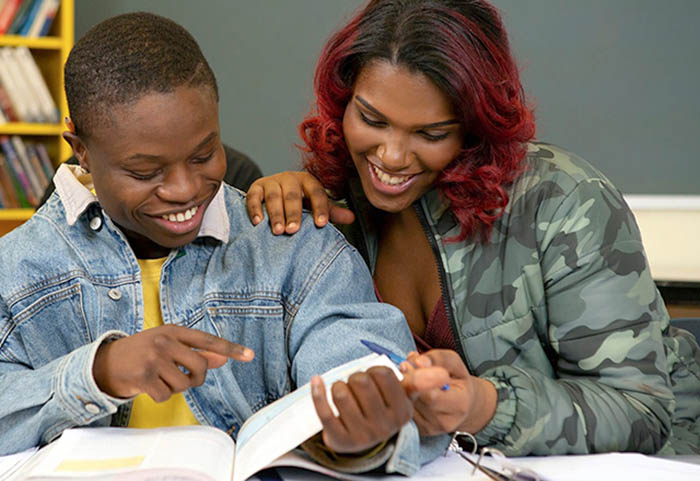
Healthcare Disparities
Obtaining available, necessary, and adequately tailored health care for a transgender individual is rather difficult.
We often subject them to discrimination by professionals in the healthcare sector who may not comprehend their specific medical needs and might harbor prejudiced attitudes toward gender.
Therefore, many transgender people face stumbling blocks in accessing quality medical treatment like sex hormone therapy and operations to confirm their new gender identity.
These differences in healthcare access cause physical and mental health problems among the already disadvantaged transgender persons and contribute to lowering the quality of their lives.

Social Stigma and Violence
In a society that does not have inclusivity and diversity, transgender people may experience excessive social stigmatism and violence because of gender identity.
The marginalized population is more prone to harassment, words of abuse, or physical assaults because of widespread discrimination and stigma.
This may have a significant bearing on their general fitness, putting their entire physical and psychological state at risk.
Societal violence and exclusion can also lead to isolation and a lack of opportunities for career and social mobility.
The authorities and society need to address stigmas and violent acts as they make life more difficult and impossible for trans people to live peacefully.

Legal Hurdles
Transgender and transsexual people also face more legal barriers, which worsen their already limited rights and liberty.
The legal policies, restrictions, and laws hinder them from getting quality healthcare, housing, employment, and advanced education.
For instance, in some countries, it is a crime to be transgender or transexual.
Hence, the legal system may prosecute or mishandle them.
The legal barriers prevent them from participating freely in society; they suffer from inequality and do not get equal opportunities that are offered to other citizens.
The eradication of discriminatory laws and the promotion of the legal protection of transgender people are crucial elements that society may implement to attain equal treatment for transgender people.
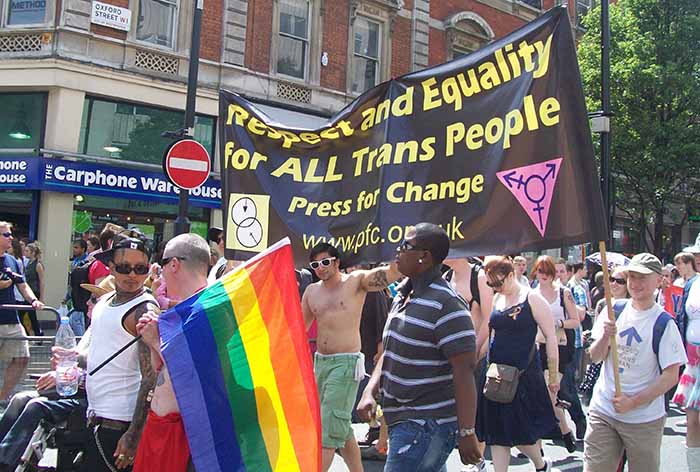
Do All Transgender People Want to Be Transsexual?
You should note that not all transgender people aim at medical treatments to make their bodies match the sex they identify with, as in the case of transsexuals.
Each gender identity is a private matter that has meaning only to an individual, a process that is different for all in various ways.
Transgender people can express their genders differently, or they can have sex changes and undergo other procedures during the transition process that lead them toward becoming authentic people.
It is essential to recognize and respect such experiences in order to encourage inclusion in society.

Terms to Avoid
Using appropriate and affirmative language helps create an inclusive and respectful space for transgender and transsexual people.
Here are some terms to avoid when interacting with transgender and transexual individuals:
Tranny
The use of this word amounts to using an insulting language.
Historically, it’s been used to denigrate and debase trans people; therefore, you should avoid it when interacting with transgender individuals.
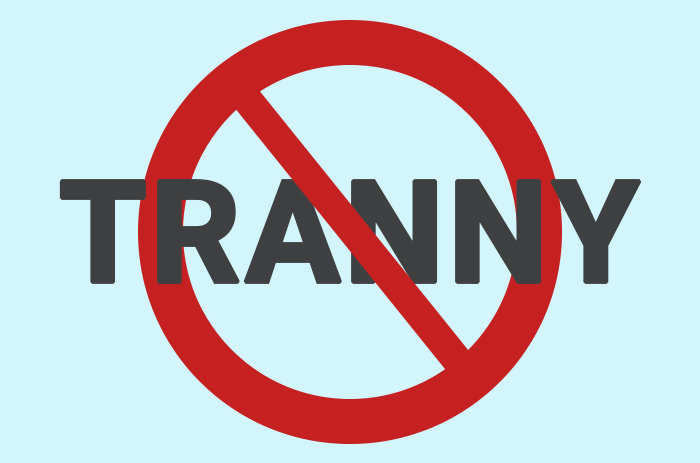
He-She
Reducing people to combinations of gender-associated pronouns is disrespectful and discriminating.
You should only use the pronoun and the name that such an individual identifies themselves to avoid lowering their self-esteem.
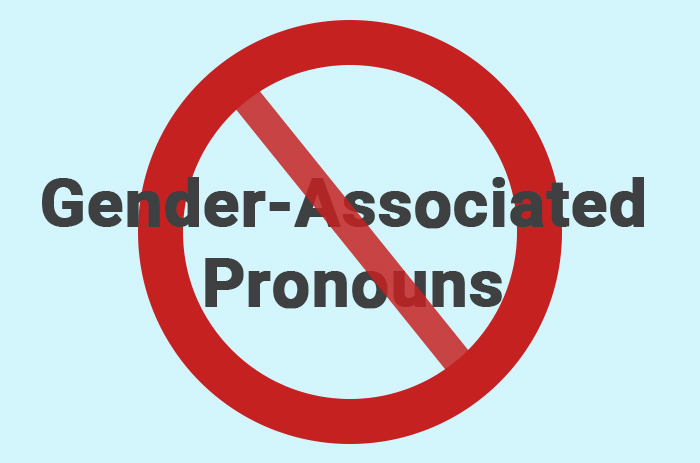
Saying That a Person Does Not Look like a Man or a Woman
Jumping to conclusions by making such assumptions is harmful, as it might just reinforce stereotypes.
Uttering such words may cause transgender individuals to suffer discrimination and mental abuse, which may result in gender dysphoria.
You should respect and acknowledge people in their actual genders rather than basing it on physical features.

Using the Wrong Pronouns
Making mistakes with pronouns can be painful and invalidating, resulting in a lack of confidence.
You should confirm with a transgender or transsexual person the pronoun they would prefer using and identify themselves by avoiding using the wrong ones.
Asking People for Their Real Name
Asking for the real names of transgender and transsexual individuals may sound like an insult since most of them change their names when undergoing a transition.
It would help if you considered asking the names they prefer to use to avoid calling them by their actual or official names.

Asking Personal Questions About a Person’s Body
Asking someone’s body or medical history is intrusive and unsound and may result in trigger and emotional abuse.
These kinds of questions are unnecessary to ask transgender or transsexual individuals since they are humans who have a unique way of identifying and expressing themselves.

How to Know Which Terms to Use
Continuous education and knowledge of what words are suitable or not while addressing transgender as well as transsexual individuals remains vital.
Here are some guidelines on how to know which terms to use:
Ask and Listen
You can politely ask if you are not sure of the exact gender identity or preferred terminologies an individual would like to use.
Please pay attention to what people say about themselves and how they express themselves, and choose your words accordingly.
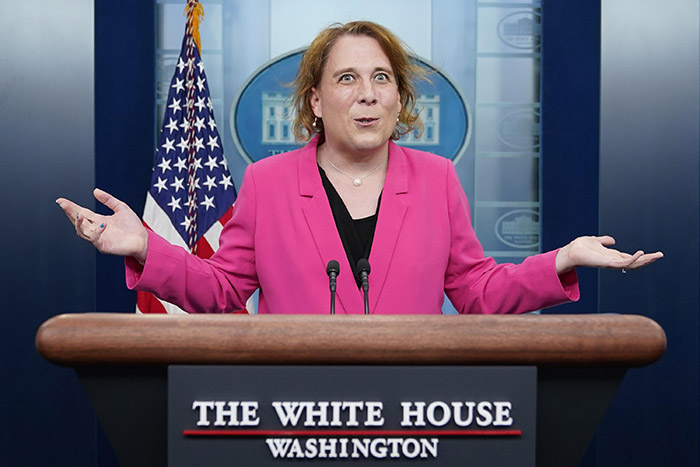
Educate Yourself
There is a need for continuous updating of language and associated gender identity terms related to transgender populations within their communities.
This is because language evolves, and using outdated terms may result in emotional abuse of transgender individuals;
therefore, it’s important to acquire knowledge about the terms and the best places for their application.

Respect Pronouns and Names
If they give you any personal gender or name, simply respect that and use it with zero questions.
Respecting others as an act will give this person confidence in who they are and make the environment peaceful and safe.
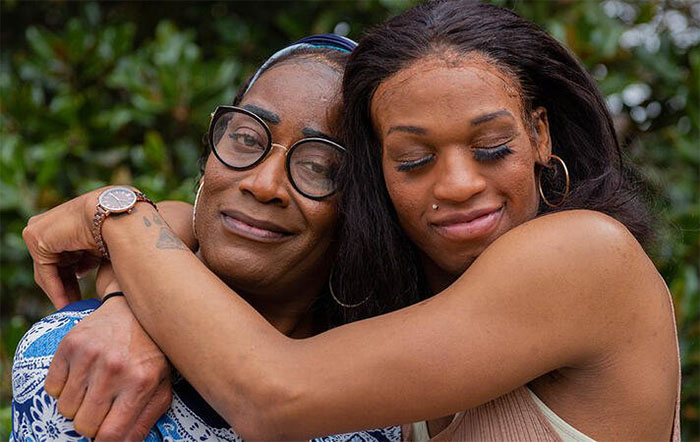
Avoid Assumptions
We should promote gender equality through a clear understanding of misconceptions about genders.
You should, however, be cautious and never presume a person’s gender or sexuality just because that is how they look.

Transgender and Transsexual Conclusion
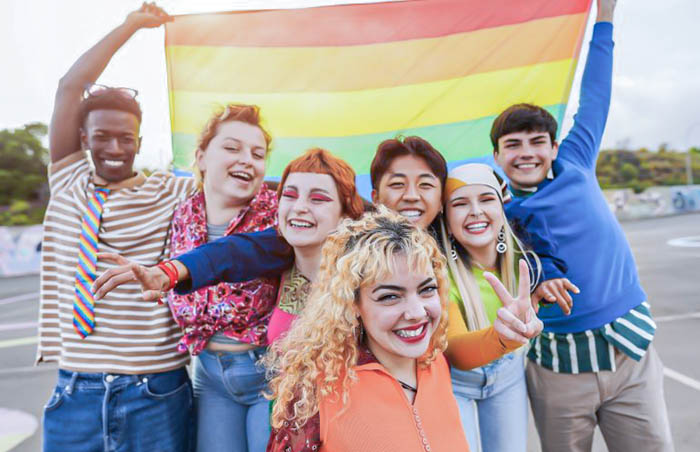
Society should value the life experiences and stories of transgenders, including transsexuals so that it can become more loving with each member feeling belongingness to it.
We enable this through the use of proper language, challenging discriminatory acts, and seeking varied aspects of gender identity.
In order to secure a compassionate and equitable tomorrow, we should center an appreciation of diversity and autonomy since these individuals are human beings who are unique in their ways.

 Basic Packers
Basic Packers Pack & Play
Pack & Play STP
STP